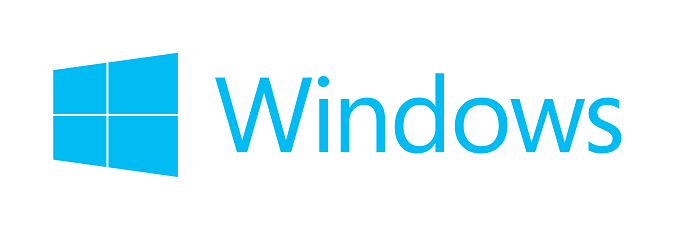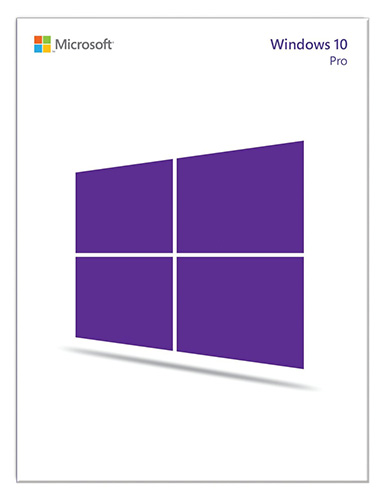Windows 10 Retail Will Be On USB Flash Drives
by Ryan Smith on July 16, 2015 8:30 PM EST- Posted in
- Operating Systems
- Software
- Microsoft
- Windows 10

The death of the optical drive in the PC space has been a long time coming, and while removable media is unlikely to go away any time soon, with consumers increasingly flocking to Ultrabooks and other form factors that can’t (or don’t) pack optical drives, the days of optical drives being available on virtually every PC have come to an end. In its place, USB has become the de facto format for removable media compatibility, as even the smallest MacBook comes with at least 1 USB port.
As a sign of the times, even Microsoft is not unaffected by this change, and after quite a bit of speculation over whether Microsoft would ship Windows 10 on a USB flash drive, the company has finally confirmed that retail versions of Windows 10 will be available on a USB drive. The company has opened up pre-orders for Windows 10 on Amazon, listing USB versions of both Windows 10 Home and Windows 10 Pro. These OSes are listed at their respective standard prices of $120 and $200, and while Amazon doesn’t list DVD versions, given that Windows 8.1 has the same MSRP, it doesn’t look like Microsoft is charging a premium for the USB version of the OS.
Both OSes are scheduled to ship on August 16th, a bit over two weeks after Windows 10 officially launches. Given the tight window between when the OS is expected to go RTM and when it’s released – officially Microsoft has still not publicly declared RTM – this gap is presumably for boxing and distributing the finished OS.
Source: VentureBeat











95 Comments
View All Comments
TelstarTOS - Friday, July 31, 2015 - link
Yes, it takes around 15min with a usb2 key.dgingeri - Friday, July 17, 2015 - link
I do know they started putting the entire installation package into a single file back in with Vista/2008, so that simplified the installation process. Being an admin in a server software test lab, I do a lot of installations, and I can say that Windows 2012r2 installs a LOT faster through USB than DVD, or even a network install. The test versions of Win10 server install far faster from USB than any version of Linux. So, yeah, they got the installer set up very well indeed.As for the complaints about price, I can understand the concern, but they do fall in line with the pricing of past versions of Windows, perhaps even a little less. Windows 7 Ultimate was $200 when it came out. The OEM versions will be cheaper, but also bound to the motherboard. If you upgrade the motherboard, you have to get a new license. Windows 8 and 8.1 both have issues with activation on new boards. The more expensive retail version doesn't have that restriction. In the long run. the retail comes out cheaper for many people, including me.
kmmatney - Friday, July 17, 2015 - link
I've upgrade many motherboards with an OEM license. You can generally do 2 major upgrades without an issue. After that, you have to phone activate. I've never NOT been able to activate an EOM version, but in worse cases I need to talk to someone on the phone.The annoying thing is I bought a retail version of Windows 8, but after 2 motherboard upgrades, and SSD upgrades, I now have to call in to activate that one as well. I thought buying retail would get rid of that (granted I bought in on opening day, when it was $39).
FalcomPSX - Monday, July 20, 2015 - link
"If you upgrade the motherboard, you have to get a new license. "this isn't entirely true. You will have to do the phone activation though, and techincally speaking it's a legal gray area. OEM versions are bound to the hardware they come with. However it is perfectly legal to replace a broken part with a new one, or multiple parts with new ones and its technically the same computer. As there is no definition of what part you replace makes a computer a "NEW" computer vs a repaired computer, you could probably go so far as replacing every component except for the case. or even a SATA cable and it's technically still a repair, which is allowed. Microsoft can NOT tell what components you replaced when you have to reactivate, only that the hardware hash has changed enough that they will require verification beyond the automated process. You call, you'll get passed to a rep, who will ask you a couple simple questions(is this the only computer the OS is installed on? stuff like that) and then they'll give you the confirmation key to manually key in, future activations on that same setup will go through automated, but change hardware, and you gotta call in again. Pain in the butt, but it does work.
FalcomPSX - Monday, July 20, 2015 - link
since windows Vista, installations are based on compressed WIM files. Even a low quality USB drive would still install pretty quick since it just has to load the rather large WIM file onto the harddrive, or cache into ram. From there its a pretty quick process. USB3.0 memory stick would be nice though! I imagine it will come on a 4GB usb2.0 drive at best though.nightbringer57 - Friday, July 17, 2015 - link
I've never had a good, fast USB drive (I don't need it). Even with the worst, cheap shit, it has always felt much faster to install windows from a USB drive than from a CD drive. The true problem of cheap drives is their write speed, which should not be a hinderance in this case.Scabies - Friday, July 17, 2015 - link
Much like SSDs, even an el-cheapo will be miles ahead of most spinning drives.Samus - Saturday, July 18, 2015 - link
Even Microcenter sells Toshiba 4GB USB 2.0 flash drives for $3.99 each and they read at 15MB/sec.But with Microsofts buying power they should be able to source a decent contract with Sandisk or a quality OEM for 4GB USB 3.0 drives.
3ogdy - Saturday, July 18, 2015 - link
Woooow, pump your brakes there..SanDisk, a quality OEM? Oh, it's SanDisk OR a quality OEM. Sorry, that makes sense now. Last I checked SanDisk was shipping faulty products with flash that became read-only within warranty period and they wouldn't do shit about it, blaming the users for it. C_unt company.Samus - Sunday, July 19, 2015 - link
Sandisk makes some of the highest rated, fastest USB flash drives in the world, which makes them a target for counterfeiting. Every single Sandisk product I've seen fail was a knock-off, including flash memory that exhibits the read only issue you mentioned.Don't blame a company for stolen "factory seconds" or products it isn't even making that you bought from a shady etailer or on eBay.
http://goughlui.com/2014/12/16/quick-review-fake-s...
http://www.ebay.com/gds/FAKE-SanDisk-Ultra-Secure-...